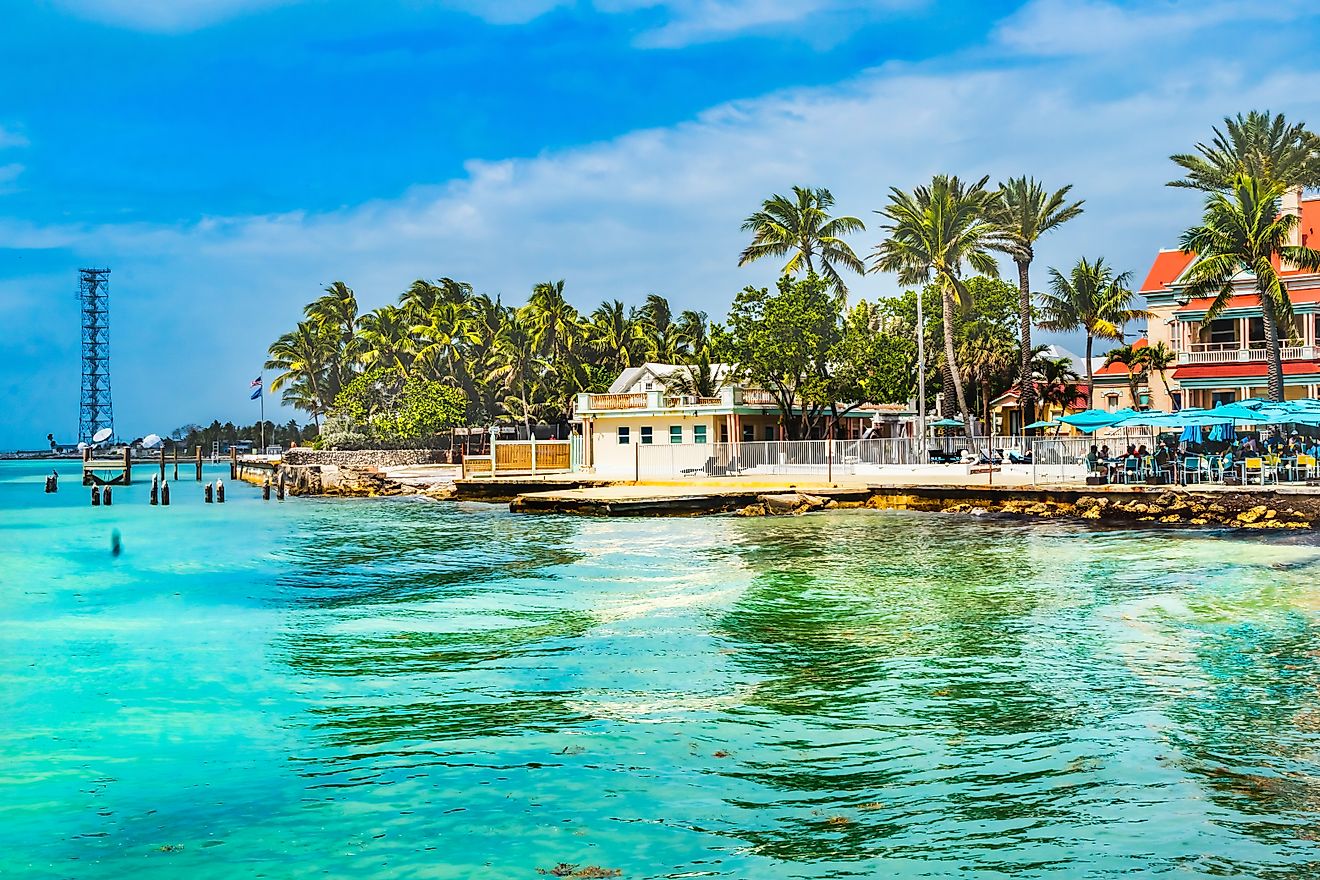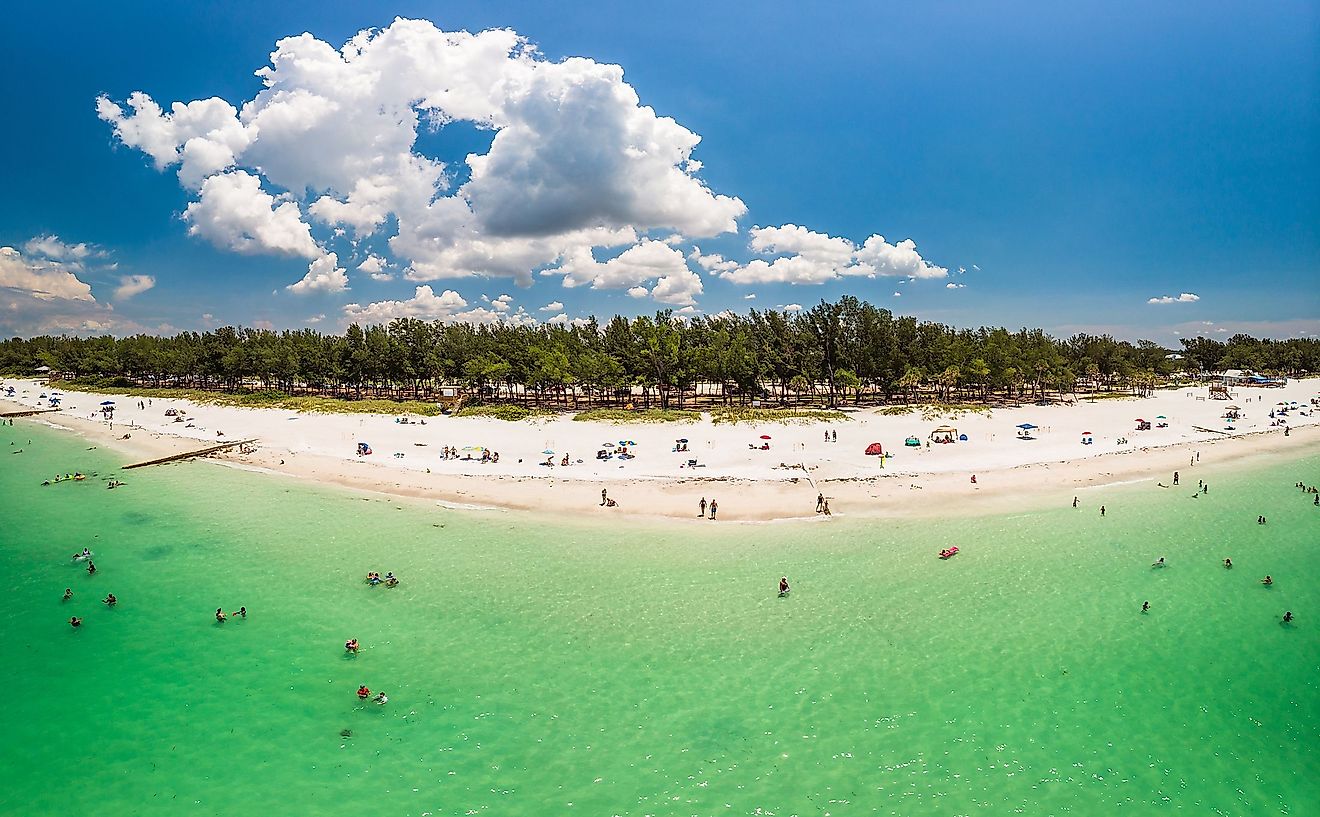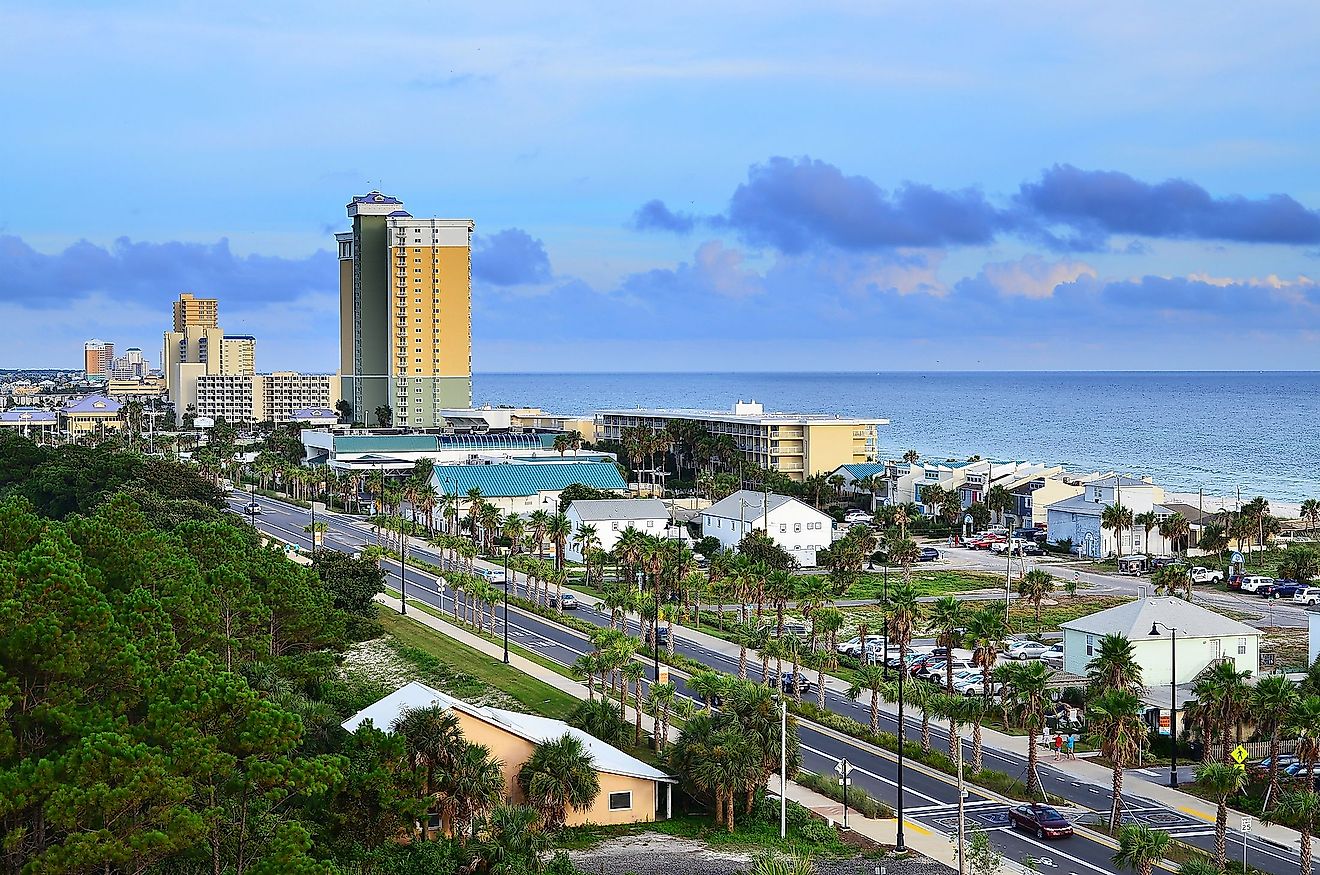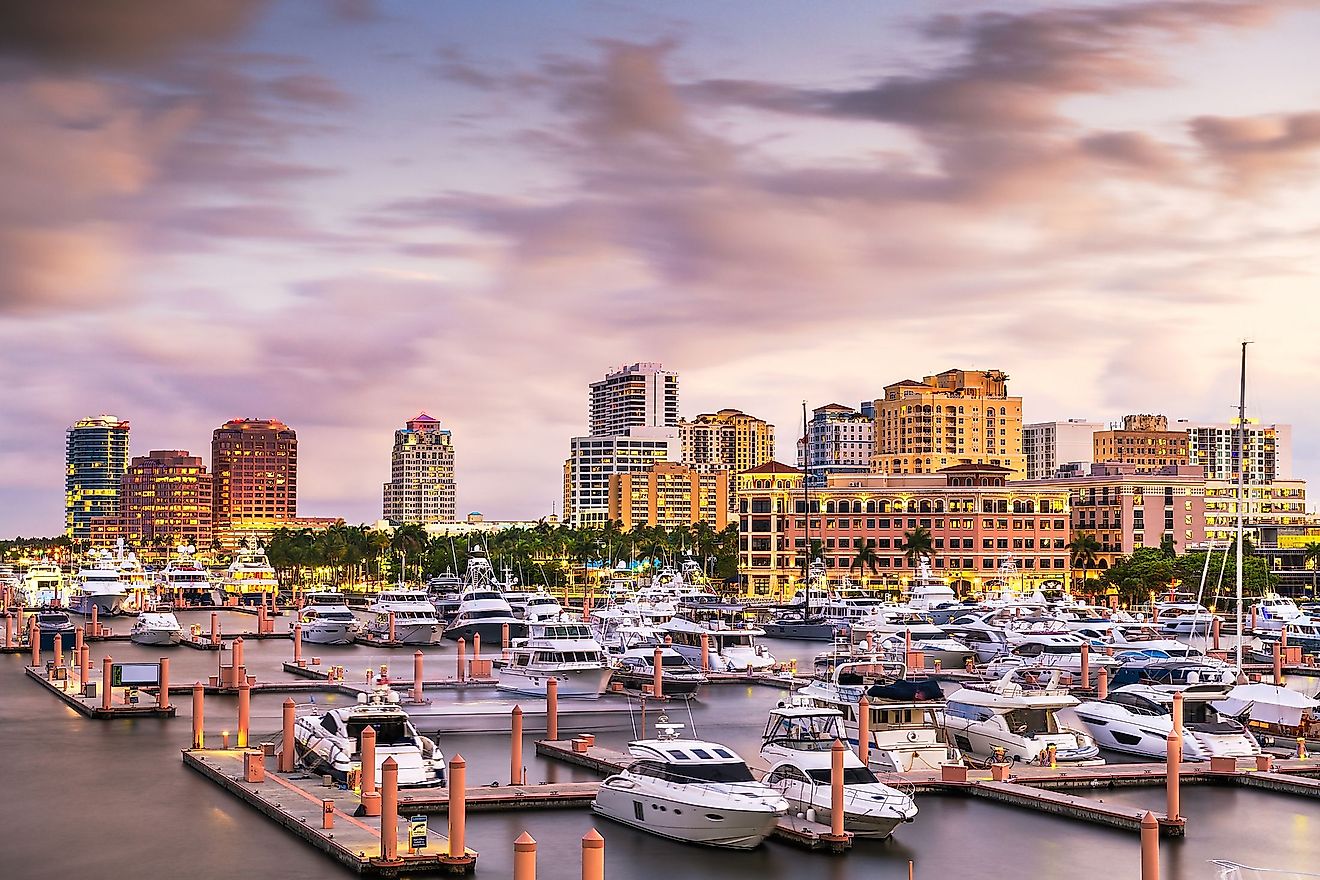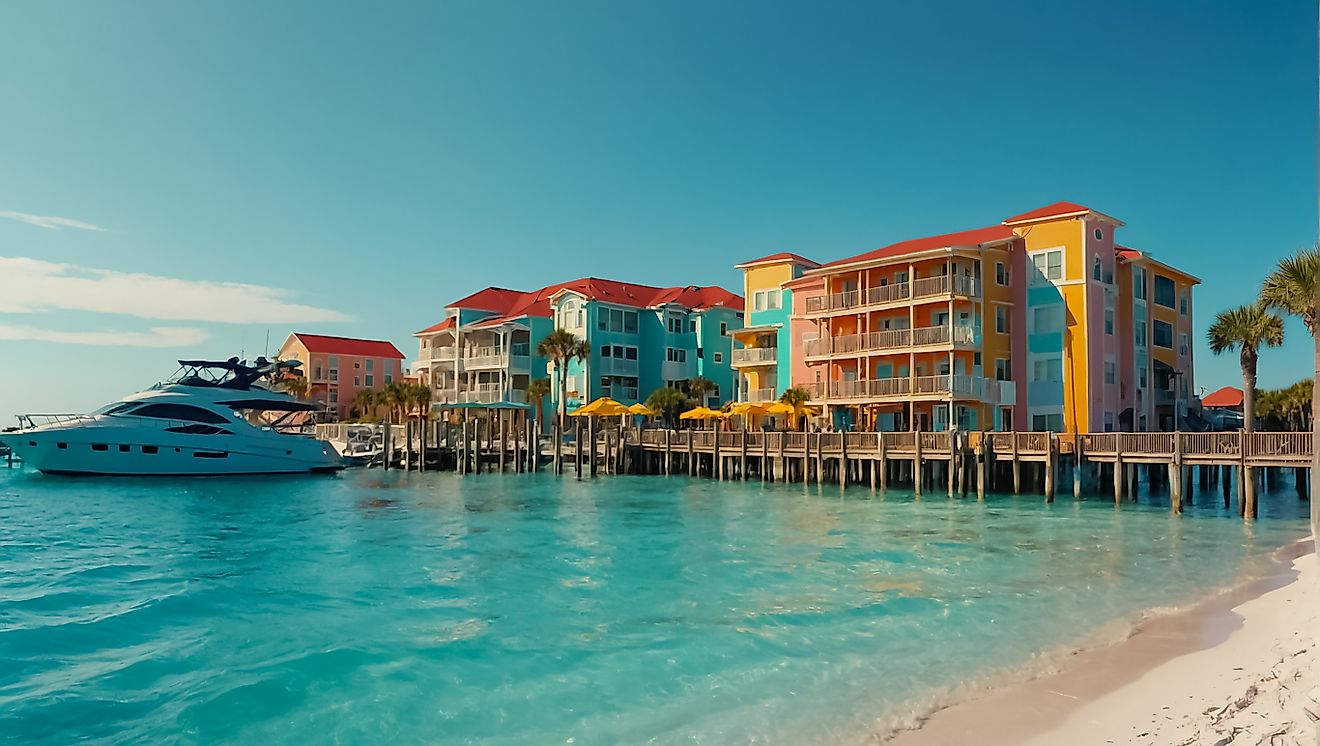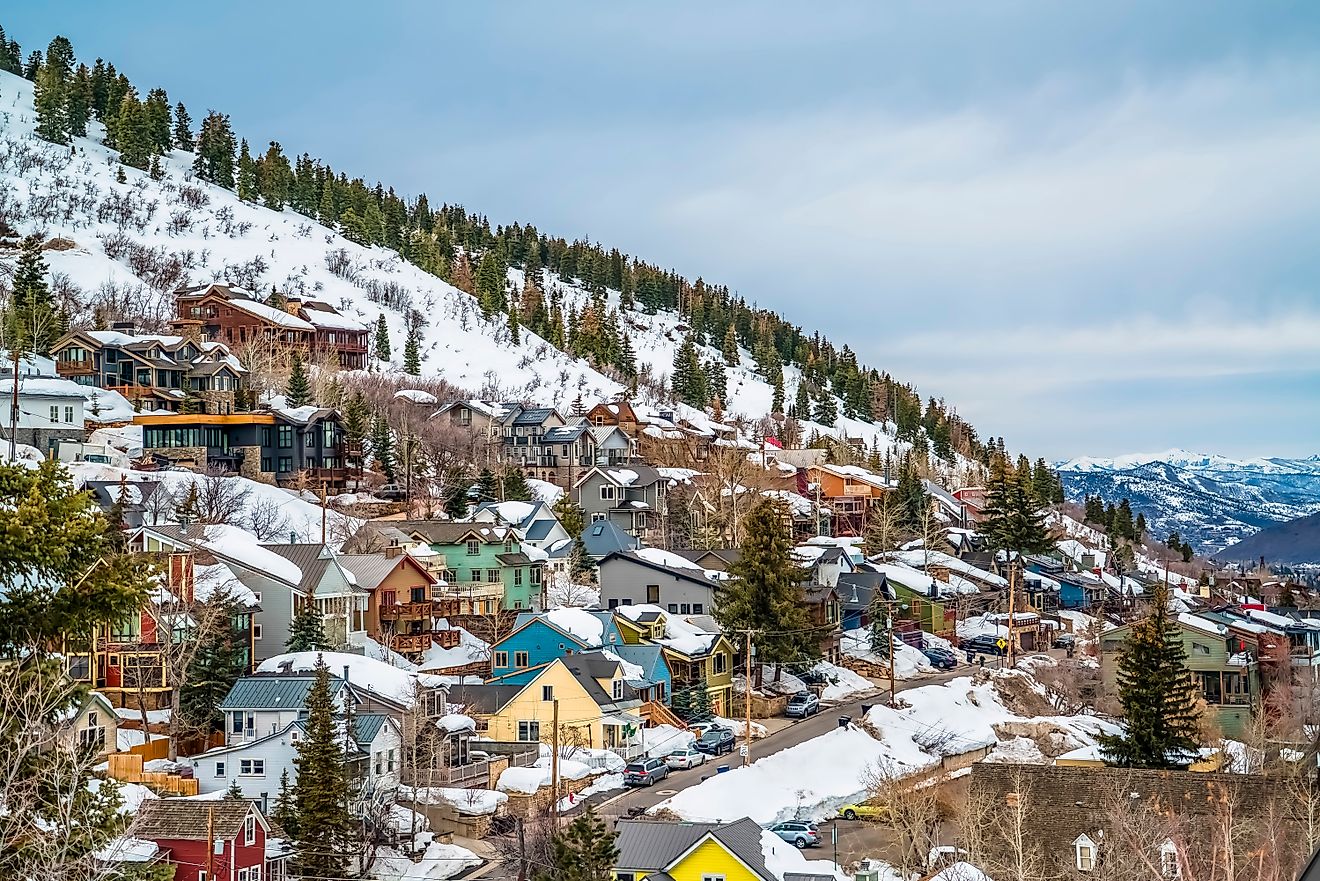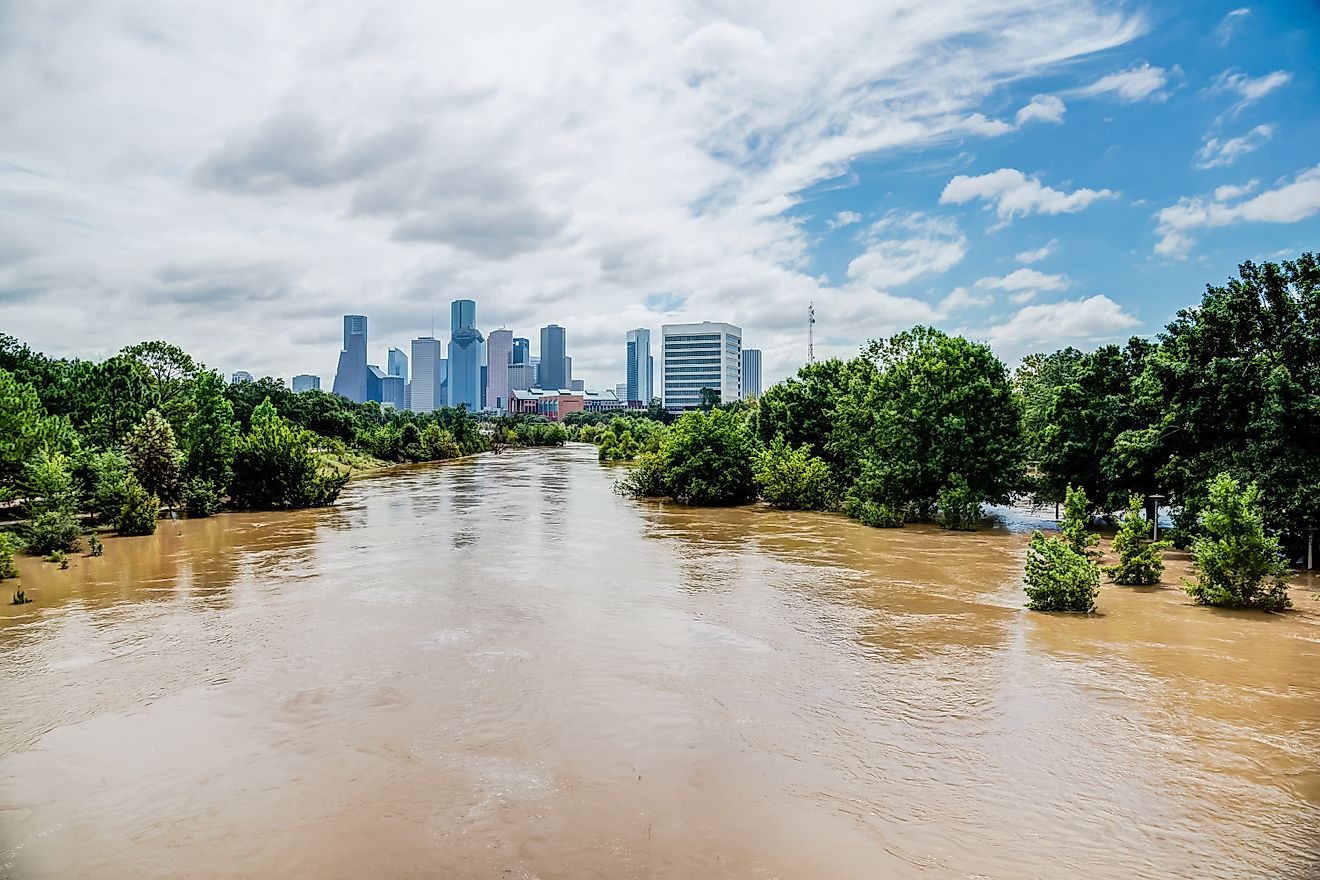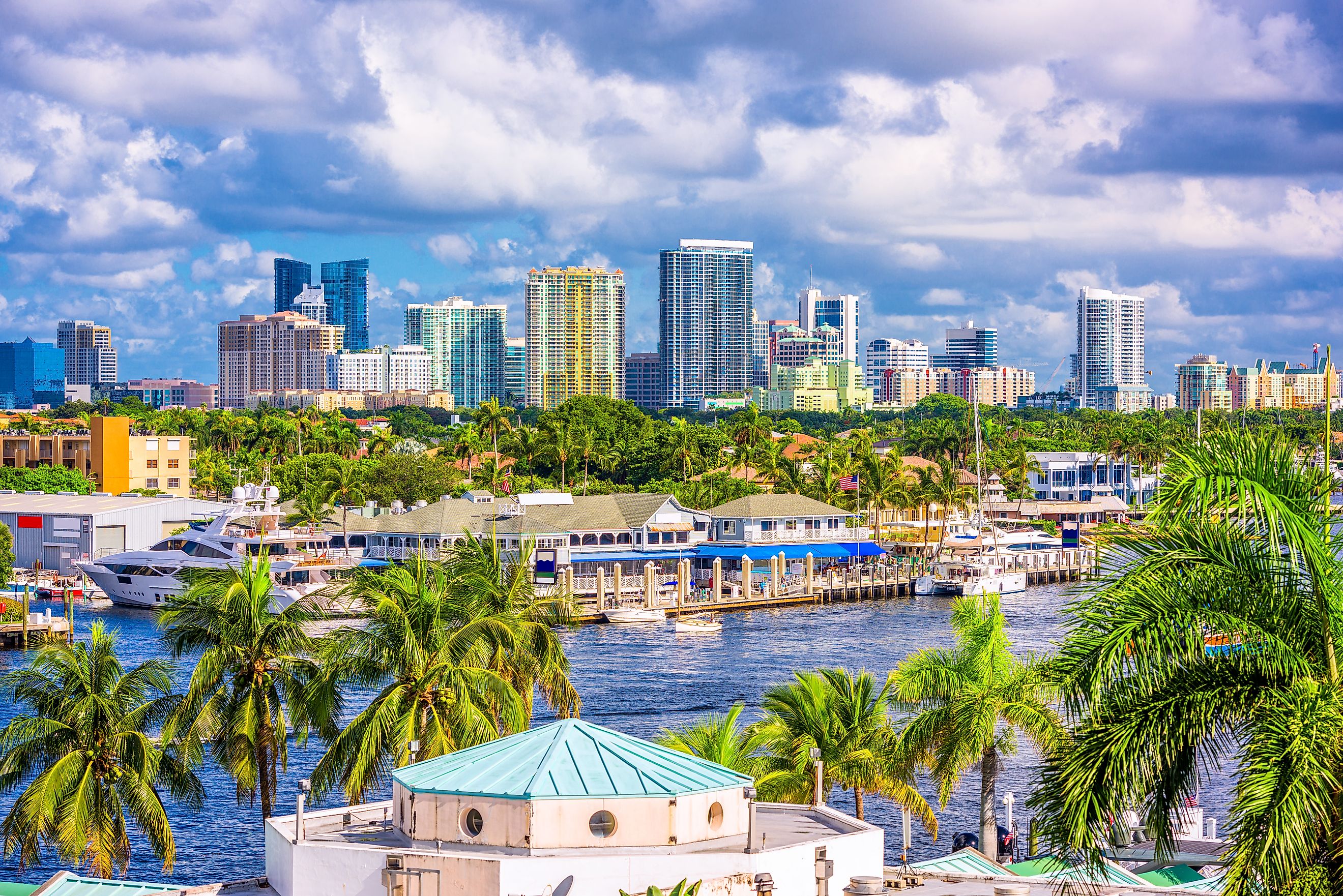
Florida’s Most Expansive Downtown Areas
When people picture Florida, they often imagine beach umbrellas, swaying palm trees, and sprawling resorts. But the true pulse of the Sunshine State beats strongest in its downtowns—urban cores that have grown into economic powerhouses and cultural hubs. These downtown areas aren't just backdrops for city life; they are living, breathing ecosystems of development, density, and expansion.
As Florida continues to attract new residents and businesses from across the country, its downtown districts are growing larger, both in size and influence. This urban evolution isn't just happening in Miami or Tampa—it’s unfolding across the state, from Jacksonville’s riverfront to the high-rises of West Palm Beach. Here's a closer look at Florida's most expansive downtowns and what makes each of them unique in scale and impact.
Miami
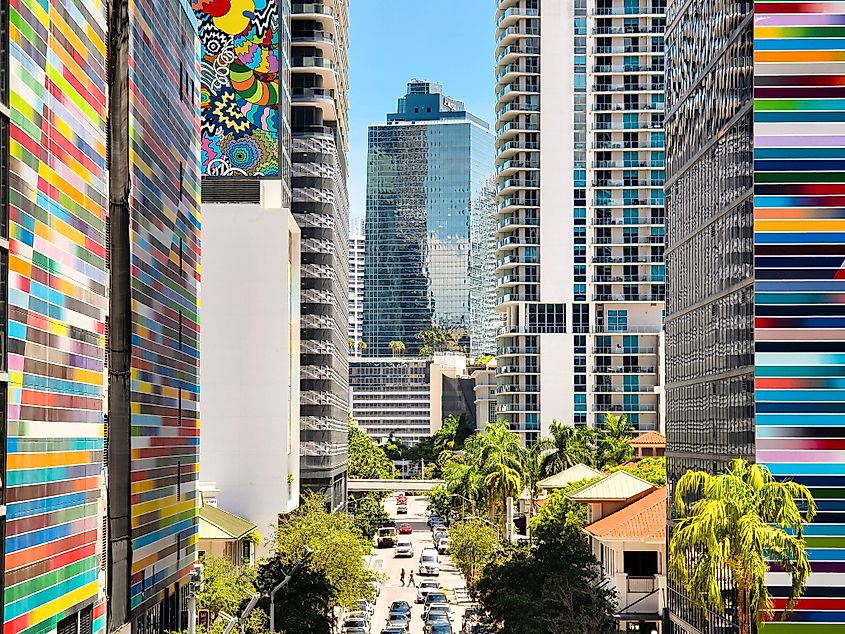
Downtown Miami stands as Florida’s largest urban core, covering approximately 3.8 square miles and encompassing a range of distinct subdistricts like Brickell, the Arts & Entertainment District, Edgewater, and the Central Business District. What makes it so expansive isn’t just its geographical footprint, but the layers of vertical development that have redefined the skyline over the past two decades.
Miami’s downtown is home to the largest concentration of international banks in the country outside of New York City, a booming tech sector, and some of the tallest residential towers in the southeastern US. The neighborhood's connectivity through the free Metromover, Metrorail, and Brightline rail enhances its reach, tying together business, tourism, and residential zones into one cohesive unit. With a population nearing 100,000 and a constant flow of visitors, Miami’s downtown is less a district and more a city within a city.
Orlando
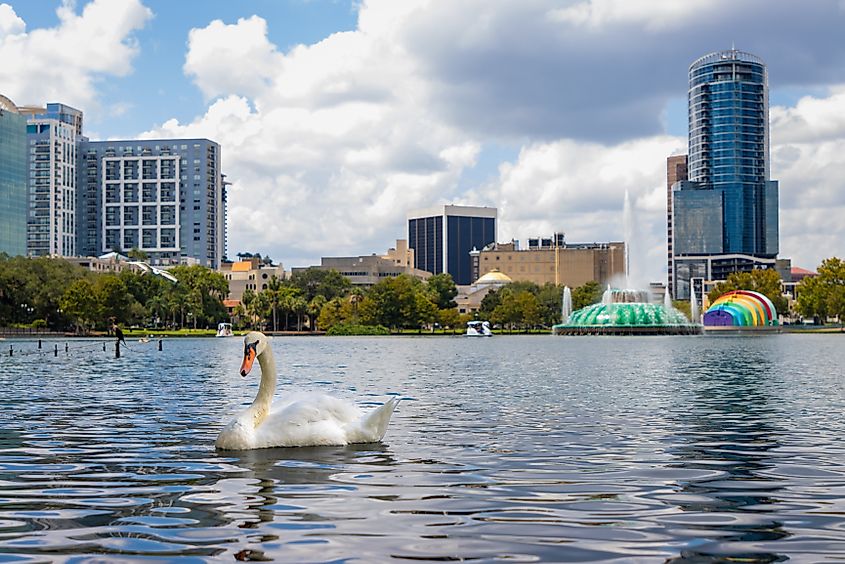
Though smaller in land area at just under 3 square miles, Downtown Orlando has grown exponentially in influence and infrastructure. This downtown serves as the political, cultural, and commercial nucleus of Central Florida, far removed from the region’s theme park persona. The city's vastness comes from the dense integration of several urban districts, including Thornton Park, the Lake Eola Heights Historic District, and the Creative Village, a dynamic hub for tech and education.
The presence of major educational institutions like UCF Downtown and Valencia College has driven residential growth and commercial investment, creating a compact yet intensely developed city center. Skyward expansion continues, with luxury residential towers rising beside government buildings and historic landmarks, crafting a downtown that feels much larger than its square mileage suggests.
Jacksonville
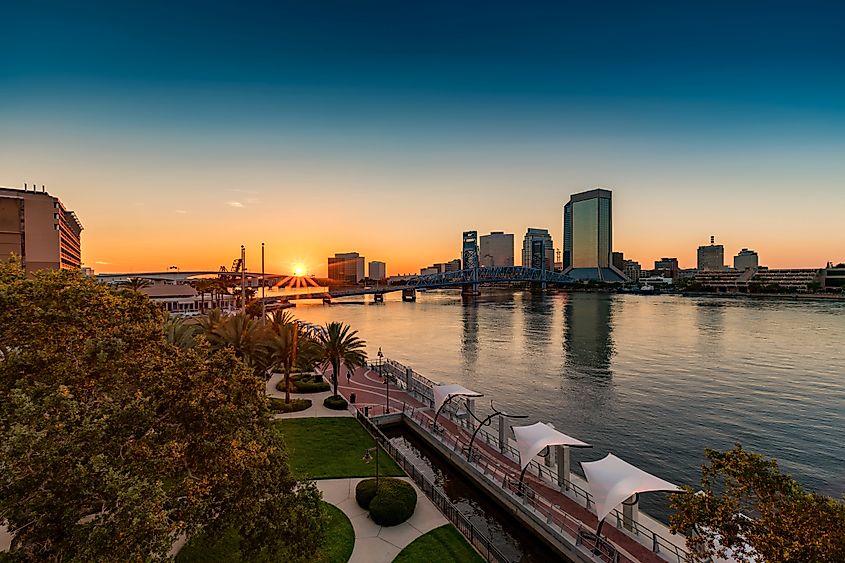
At over 5 square miles, Downtown Jacksonville ranks among the largest downtowns in the southeastern United States. Situated along the St. Johns River, this urban core features five key districts: the Downtown Core, LaVilla, Brooklyn, the Southbank, and the Sports & Entertainment District. Its size is matched by its potential.
Unlike many urban centers, Jacksonville’s downtown still has room to grow, both horizontally and vertically. Expansive waterfront property and a 20-mile riverwalk system provide a unique framework for development. While its density lags behind Miami or Tampa, the scope of Jacksonville’s downtown is defined by its diversity of space and its connectivity across the river via bridges and pedestrian-friendly zones.
With massive public-private initiatives in progress, including new riverfront parks and high-end residential projects, Jacksonville’s downtown is poised to become one of the most transformative urban stories in Florida.
Tampa
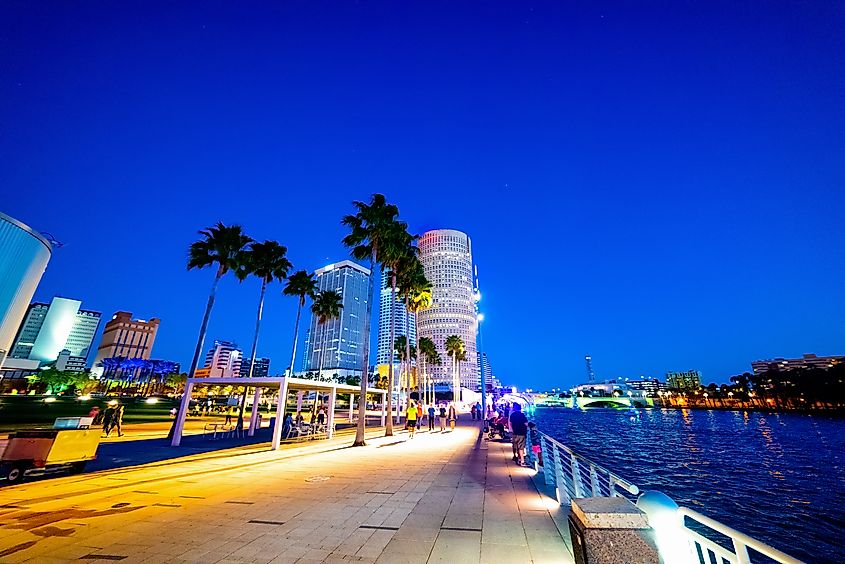
Covering nearly 3 square miles, Downtown Tampa has emerged as one of Florida’s most rapidly developing city centers. What sets Tampa apart is how its downtown has evolved from a 9-to-5 office district into a fully integrated urban lifestyle hub.
The Hillsborough River runs through its core, and the Tampa Riverwalk stitches together a diverse collection of neighborhoods and attractions, from the Water Street Tampa development to the historic Channel District. Water Street alone is a $3 billion redevelopment project that has introduced high-density residential, commercial, and medical spaces into the heart of the city.
With more than 23,000 residents now calling downtown Tampa home, and with new projects continuously adding height and volume, the city is redefining what a Gulf Coast downtown can look like. The result is an expansive urban core where size is measured not only by acreage, but by the seamless layering of use and design.
St. Petersburg
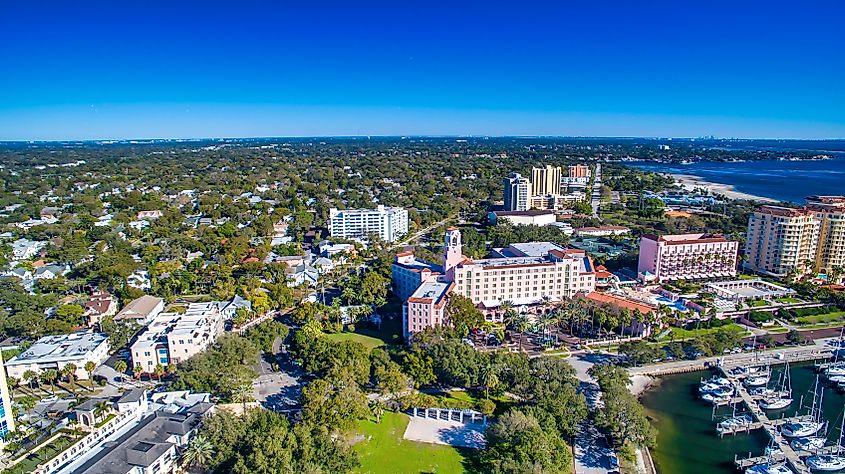
Although smaller in scale than its Tampa neighbor, Downtown St. Petersburg covers around 2 square miles and boasts one of the highest population densities among Florida’s downtowns. Its geographic footprint may be limited, but the density of development and cultural assets makes it feel significantly larger.
From the EDGE District to the newly revitalized Pier District, downtown St. Pete has maximized every inch of its core. The focus here has been on vertical infill, smart growth, and walkability. The city has transformed its waterfront into a continuous public space, while the downtown core features a dense grid of shops, galleries, residential towers, and museums. Its expansion is more vertical and experiential than horizontal, creating a downtown that offers a big-city feel in a compact layout.
Fort Lauderdale
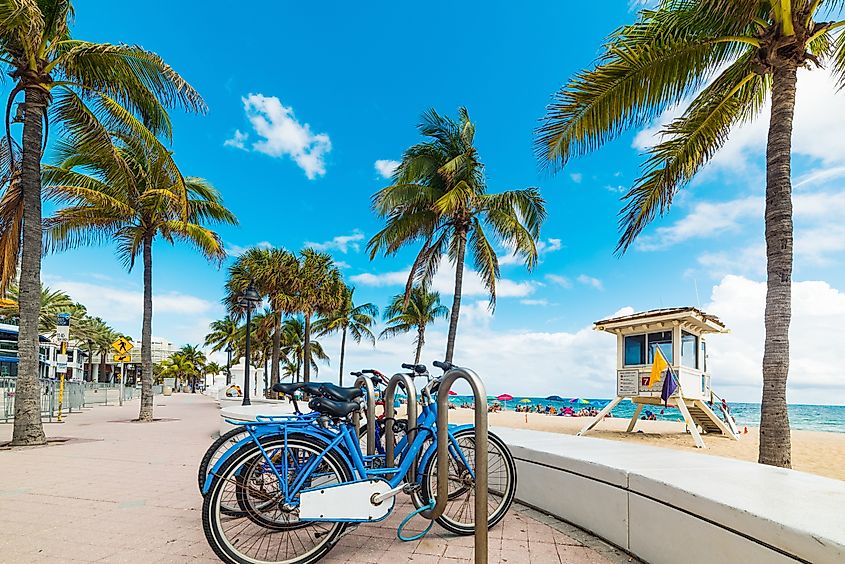
Downtown Fort Lauderdale stretches across approximately 3 square miles, with its most expansive areas including Flagler Village, Las Olas Boulevard, and the Riverwalk district. The growth here has been fueled by a construction boom, with luxury residential towers, corporate offices, and entertainment venues reshaping the skyline.
Its location between Miami and Palm Beach has made it a natural hub for both commuters and long-term residents. What makes it expansive is the integration of canals and waterways into the downtown experience, along with multi-modal transportation options including the Brightline high-speed rail. As more corporate headquarters move in and residential high-rises fill the skyline, Fort Lauderdale’s downtown is becoming a destination in its own right, not just a stop along the way.
West Palm Beach
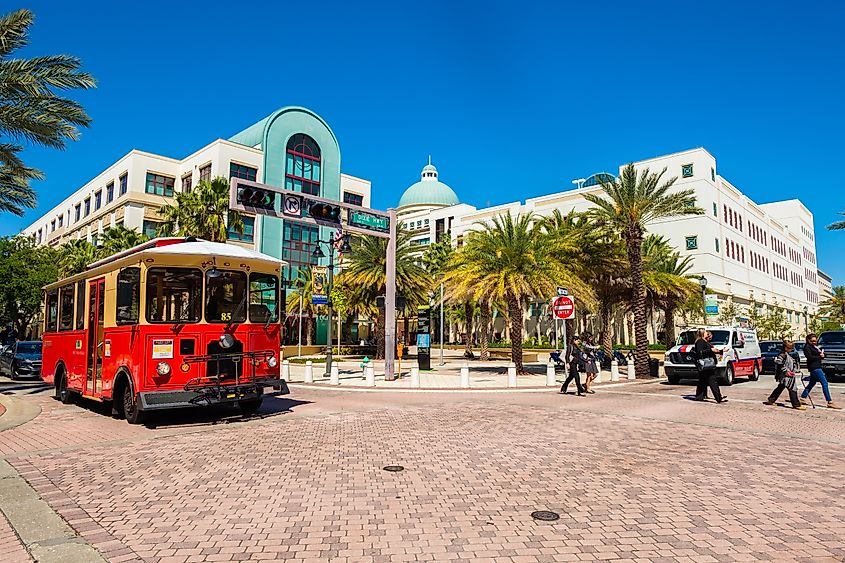
Downtown West Palm Beach may be compact at around 1.5 square miles, but it’s one of the fastest-growing and most concentrated downtowns in Florida. Anchored by Clematis Street and The Square (formerly CityPlace), this urban core is experiencing a vertical surge as luxury condos, office towers, and retail centers climb ever higher.
Its expansion is less about sprawl and more about density. What once was a sleepy business district has evolved into a thriving cultural and commercial epicenter. The arrival of major financial firms, including Goldman Sachs, has added a layer of economic gravity, while the city’s walkability and waterfront setting continue to attract both residents and visitors. High-speed Brightline service links West Palm to Miami and Orlando, broadening its regional influence and accessibility.
Florida's Vertical Future
As Florida continues to welcome hundreds of thousands of new residents each year, its downtowns are stepping up to meet the demand with innovation, infrastructure, and vertical ambition. These urban cores are no longer just places to work—they are communities to live in, cultural destinations to visit, and economic engines driving the state forward.
From the towering high-rises of Miami to the riverfront revival in Jacksonville, Florida's most expansive downtown areas are redefining the Sunshine State's identity in real time. Whether you're a curious traveler or a prospective resident, there's never been a better moment to explore the modern heart of Florida’s cities: its ever-expanding downtowns.
